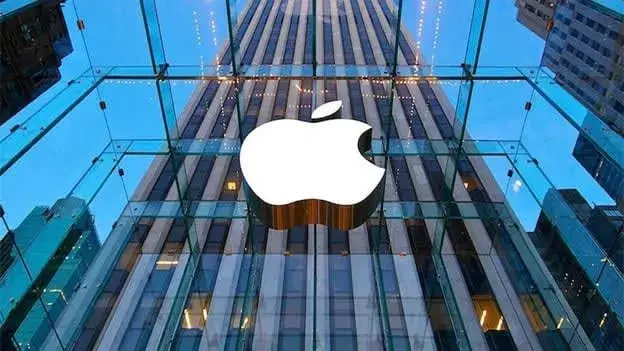Recent developments in international trade have sparked discussions about potential shifts in Apple's iPhone production strategy. Escalating tariffs between the United States and China, coupled with new tariffs impacting other key manufacturing hubs like India and Vietnam, are compelling Apple to re-evaluate its supply chain and explore alternative production locations. While a complete relocation of iPhone production to the United States remains unlikely due to cost considerations, the company is actively pursuing diversification strategies, including increasing production in India and considering options within the US.
The primary driver behind these potential shifts is the evolving tariff landscape. The US administration has implemented significant tariffs on goods imported from China, impacting various sectors, including electronics. These tariffs, aimed at reducing trade imbalances and encouraging domestic manufacturing, have substantially increased the cost of importing iPhones manufactured in China. While Apple has absorbed some of these costs, the potential for further tariff increases necessitates exploring alternative manufacturing locations to maintain competitive pricing and protect profit margins.
India has emerged as a key destination for Apple's manufacturing diversification efforts. The company has significantly increased iPhone production in India in recent years, with projections to further expand its manufacturing footprint in the country. India offers several advantages, including lower labor costs compared to the US and a growing domestic market for Apple products. Moreover, the Indian government has been supportive of Apple's expansion plans, offering incentives and streamlining customs procedures to facilitate iPhone production and exports. However, India is not immune to tariffs, as the US has also imposed import duties on goods from India, albeit at a lower rate than those on Chinese goods.
The possibility of relocating iPhone production to the United States has also been a topic of discussion. While politically appealing, manufacturing iPhones in the US presents significant economic challenges. Labor costs in the US are substantially higher than in China or India, and establishing a comprehensive domestic supply chain would require substantial investment and time. Analysts estimate that manufacturing iPhones in the US could increase production costs by a significant margin, potentially leading to higher prices for consumers.
Despite the challenges, Apple has demonstrated a commitment to investing in US manufacturing. The company has announced plans to expand its manufacturing facilities in the US, potentially creating new jobs and boosting the domestic economy. However, it is more likely that these investments will focus on manufacturing components or other products rather than fully assembling iPhones in the US.
In response to the evolving trade landscape, Apple has also taken steps to mitigate the impact of tariffs by adjusting its supply chain and expediting shipments. The company reportedly chartered cargo flights to transport iPhones from India to the US to avoid potential tariff increases. This move highlights Apple's agility in responding to trade uncertainties and its commitment to ensuring a steady supply of iPhones to the US market. Apple has also been lobbying to cut customs clearance times.
The long-term implications of these potential production shifts remain to be seen. Apple's decisions will depend on a variety of factors, including the future of US-China trade relations, the availability of incentives from different governments, and the company's overall strategic objectives. While a complete exodus from China is unlikely, Apple's diversification efforts are expected to continue, with India playing an increasingly important role in iPhone manufacturing.















